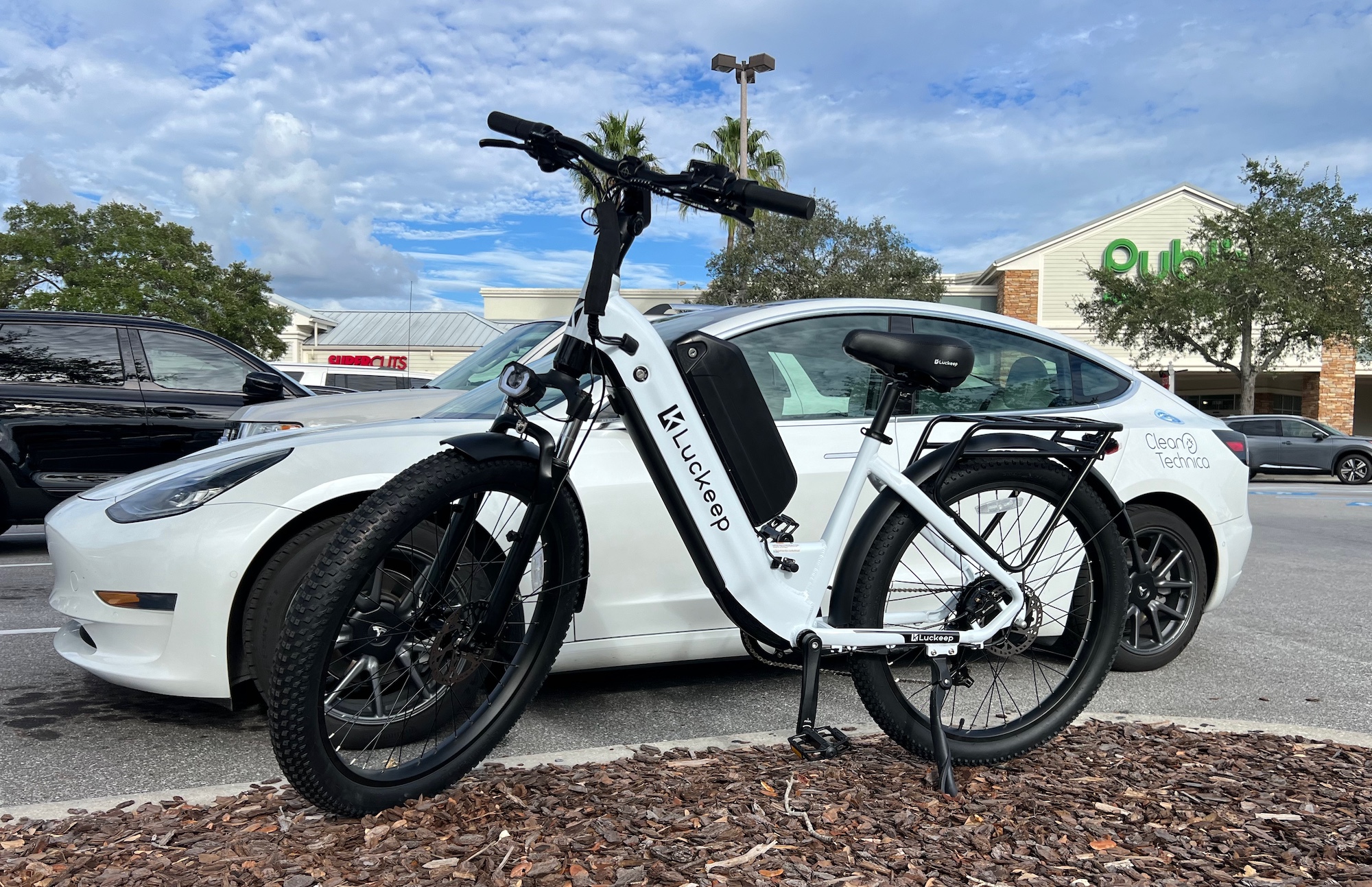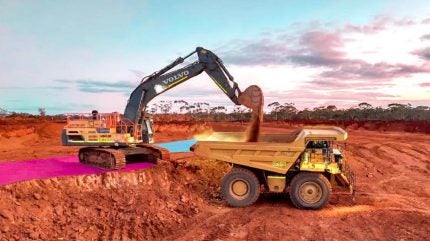The US offshore wind industry suffered a series of disappointing blows last year, but reports of its death have been greatly exaggerated. As much as fossil energy stakeholders have been aiming to kill the industry off, it just keeps coming back. The latest example is the leading US offshore wind developer Avangrid, which has just proposed a pair of massive new wind farms for New England totaling 1,871 megawatts. The only question now is where they’ll get the boats and the cranes to do the heavy lifting.
Avangrid, a subsidiary of the Spanish firm Ibderola, is not the only wind developer eyeballing the New England region, where large energy-hungry coastal populations currently depend heavily on fossil fuels imported from elsewhere. Earlier this week the US Department of the Interior announced that it is green-lighting the 924-megawatt, 84-turbine Sunrise Wind offshore wind project. Undertaken by Ørsted in a 50-50 partnership with Eversource, Sunrise will be located in the area between Martha’s Vineyard in Massachusetts, Montauk on Long Island in New York, and Block Island in Rhode Island.
Avangrid has a good head start on the competition, because it is re-purposing two earlier projects that it dropped last year, which was part of the reason why 2023 was a disappointing year for the offshore wind industry.
That’s all water under the bridge now. Earlier this year, the company announced that its 806-megawatt Vineyard Wind project — billed as the first commercial scale offshore wind farm in the US — began delivering electricity to the New England grid on a test basis. The test involved one turbine on partial power. If all goes according to plan, five turbines will begin operating at full capacity later this year. The completed project will sport 62 wind turbines.
Now Avangrid is bidding on two more offshore lease areas, with proposals to construct the 791-megawatt New England Wind 1 project and the 1,080-megawatt New England Wind 2 project. The company has strategically split its bids to give it a broader shot at winning at least one lease.
“Avangrid submitted a bid for New England Wind 1, a second bid for New England Wind 1 and 2 combined, and additional bids for single-state procurements in Massachusetts, Connecticut, and Rhode Island,” the company explained in a press statement.
Avangrid certainly seems sure of itself, especially in regards to New England Wind 1 which it describes as a “shovel-ready project that is prepared to start construction as soon as next year.”
“With nearly all local, state, and federal permits in hand, all interconnection rights secured, and a Project Labor Agreement signed with a skilled, local, union workforce, Avangrid is ready to go,” the company states.
Offshore Wind Industry To Haters: I’m Not Dead Yet!
New England Wind I is the new name of Avangrid’s former Park City Wind project, which was initially created for connection to the grid in Connecticut. However, last October Avangrid pulled the plug on the project. Citing “unprecedented economic headwinds facing the industry including record inflation, supply chain disruptions, and sharp interest rate hikes,” Avangrid stated that its existing contracts with Connecticut utilities did not support financing for the project.
“The reason for each is the same,” observed Connecticut Mirror reporter Jan Ellen Spiegel, who noted that two other New England projects also succumbed for financial pressure, including another Avangrid project.
“The economy has shifted so much since the power purchase agreements, PPAs, were negotiated, that the projects are no longer viable,” Spiegel explained. In particular, the Park City PPA was negotiated in 2019, before the industry was rocked by inflation and supply chain issues related to the Covid outbreak and Russia’s unprovoked war against Ukraine.
Avangrid was not the only developer impacted by global events. Last fall, Ørsted also dropped plans for two new offshore farms in New Jersey. In addition to inflation and supply chain issues, Ørsted cited a shortage of the specialized offshore vessels needed to construct the wind farms.
Avangrid and other wind developers in the US are ready to make a fresh start in 2024 (for the record, New England Wind II is the rebrand of Commonwealth Wind, the other Avangrid project that fell through last year).
What About The Boats?
So, about that boat shortage. According to right-wing think tanks like the Cato Institute, the 1920 Jones Act (aka the Merchant Marine Act) is to blame for throttling the US offshore wind industry. The Jones Act regulates which ships are entitled to ferry goods and crews from one point to another within US waters, with the aim of ensuring that the nation’s all-important domestic merchant fleet is firmly under the control of loyal US citizens in time of war.
The Cato Institute is no friend of renewable energy, which makes sense considering its roots in the Koch family fortune. If you can guess why they are suddenly so concerned about the US offshore wind industry, drop us a note in the comment thread.
The Jones Act stipulates that merchant vessels used for domestic transportation must be built in the US, in addition to being mainly owned and crewed by US citizens. That does suggest developers could be scrambling to find boats for their US projects. There are plenty of Jones-compliant maritime firms with offshore experience in the US, but the purpose-built ships needed for offshore wind construction are not so easy to come by.
On the other hand, offshore wind developers in the US have begun building their wind farms, Jones Act or not, which indicates that various workarounds have been available.
Avangrid has done its Jones Act homework. The company plans to locate its construction logistics hub at the New Bedford Foss Marine Terminal, which the US firm Foss recently expanded specifically to support the offshore wind industry.
In addition to other chores, the terminal will handle offshore crew transfers, using a purpose-built, Jones-compliant vessel provided by the Louisiana firm Edison Chouest Offshore. Two other crew transfer vessels will be operated by the Massachusetts firm Patriot Offshore Maritime Services, which also uses Jones-compliant ships.
The Crowley Wind branch of the leading US fleet owner Crowley also stands to benefit from the new burst of offshore activity. “Nobody can rival our Jones Act certified fleet of vessels or experience advancing the success of energy providers,” Crowley Wind explains.
Two other US firms in the region, McAllister Towing and the Bridgeport and Port Jefferson Steamboat Company, are also looking forward to supporting New England Wind I through their Barnum Landing site in Connecticut.
Another supporter is the Danish firm Liftra, which expects to supply its wind turbine construction cranes for New England Wind 1 — presumably to be ferried out to the site by Jones-compliant ships or tugboats.
Follow me @tinamcasey on Bluesky, Threads, Post, and LinkedIn.
Image: Avangrid is proposing two new wind farms for New England, to be located off the coasts of Connecticut, Massachusetts, and Rhode Island (courtesy of Avangrid via businesswire.com).




